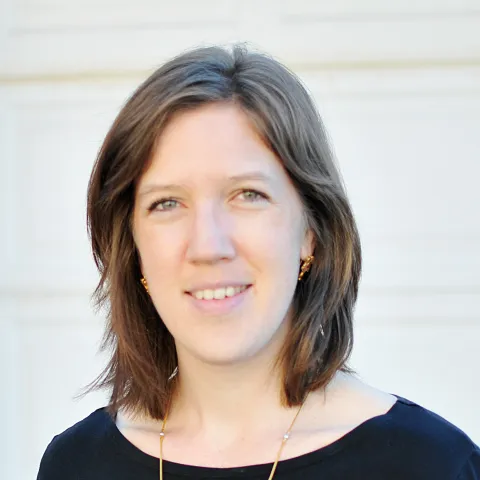After Randolph Anderson learned he had contracted COVID-19, he isolated himself inside a bedroom of his home in Lexington, South Carolina. But he wasn’t alone. He was immediately contacted by a remote patient monitoring nurse from the Medical University of South Carolina.
“It kind of took the boogie man out of (COVID-19) because they did a very good job with giving you quality information and being accessible,” Anderson said.
Anderson, a healthy, physically-fit father of three said his nurse called him every day to find out how he was feeling. In addition, he received an email every morning prompting him to take his temperature and provide details about any symptoms he was experiencing.
“It took me literally five minutes - it was effortless,” Anderson said.
By monitoring his symptoms remotely, nurses were able to provide care instructions based on Anderson’s condition. This virtual care program has many benefits to patients and healthcare providers, according to David Wheeler, telehealth patient and provider experience coordinator at the MUSC Center for Telehealth.
“Remote patient monitoring is monitoring the patient where they live and looking for a change in their condition,” Wheeler said. “Essentially we have created 1,000 observational beds without laying a brick.”
The novel coronavirus pandemic, which has killed more than 7,000 people in South Carolina, triggered many healthcare systems to adopt remote patient monitoring models in order to keep hospitals from being overwhelmed. For the patients, having remote access to healthcare professionals gives patients a sense of empowerment, Wheeler added.
“They have a device in their hand and through that device, they interact with professional people in medicine who are able to help them navigate these uncharted and very choppy waters - at home,” Wheeler said.
As someone who had never experienced telehealth before, Anderson said he learned that virtual care can “take the leg work out of a lot of things.”
“The comfort of being at home, or wherever you are, and still getting your appointment made without having to stand in line or be in a waiting room; that’s a big deal right there,” Anderson said.
As an African American, Anderson said his community often lacks a trust in healthcare. But through remote patient monitoring, he was able to build a relationship with the nurses who cared for him. He said having a personal connection to caregivers helps people accept what they are hearing.
Wheeler said a sense of trust is essential in healthcare.
“There is a partnership that develops - a partnership in care,” Wheeler said. “People who participate with their caregiver have a better outcome.”


